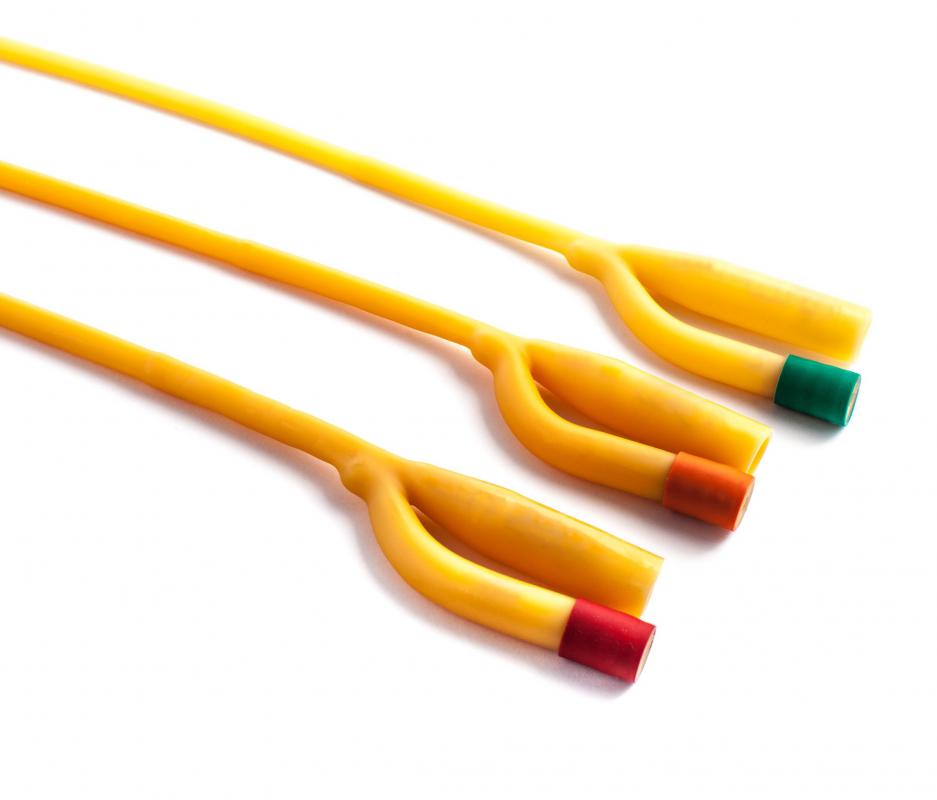At WiseGEEK, we're committed to delivering accurate, trustworthy information. Our expert-authored content is rigorously fact-checked and sourced from credible authorities. Discover how we uphold the highest standards in providing you with reliable knowledge.
What Is a Cystography?
Some medical conditions require diagnostic procedures that can look inside the body. Cystography is an example of a procedure focusing specifically on the bladder. Although the final image is taken by X-ray, the patient first must undergo insertion of a catheter into the bladder to place dye inside the body. Structural problems in the bladder, unusual lumps in the bladder or indications of bladder infection are the main issues identified using this procedure.
The bladder is the storage area for urine, before it leaves the body. It is connected to the kidneys, where urine is formed, by two tubes called ureters. The channel by which urine flows out of the body from the bladder is called the urethra. A person can control the movement of the urine out of the body through relaxation and constriction of the muscular closure called the sphincter between the bladder and the urethra.

Generally, this system works normally, but a person can experience problems if the urinary tract is affected by trauma, infection or growths. Imaging of the area, and identification of problem areas in the urinary tract, can help a doctor identify the cause of urinary problems, and prescribe appropriate treatment. These are the main reasons a patient may have a cystography procedure, although people undergoing surgery of the urinary tract area may also receive the procedure, to check for problems before or after the operation.

For the image to be as clear as possible, the bladder has to be filled with a dye, which acts to improve contrast of tissues. A full bladder also keeps different structural parts of the bladder distinct from each other. To get the dye into the bladder, the doctor has to insert a catheter. This is a long, thin, flexible tube, which is threaded through the urethra into the bladder, via the vagina in women, and the penis in men.

Once the bladder is full of the dye, the patient can receive an X-ray of the area. This can be a still picture of the region like a traditional X-ray, or the doctor may use a moving picture technique called fluoroscopy, which results in a video-like recording of the scan. People who may be unsuitable for cystography include pregnant women and those who may be allergic to the ingredients of the dye. Possible risks of a cystography include physical damage to the urinary tract from the catheter, and an increased risk of urinary tract infections.
AS FEATURED ON:
AS FEATURED ON:















Discuss this Article
Post your comments